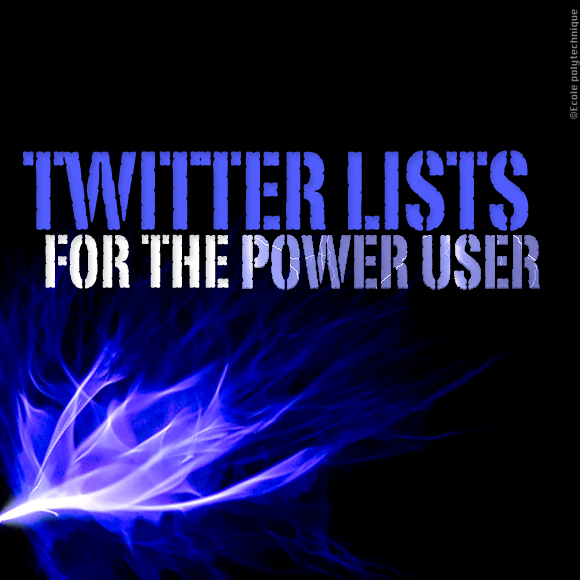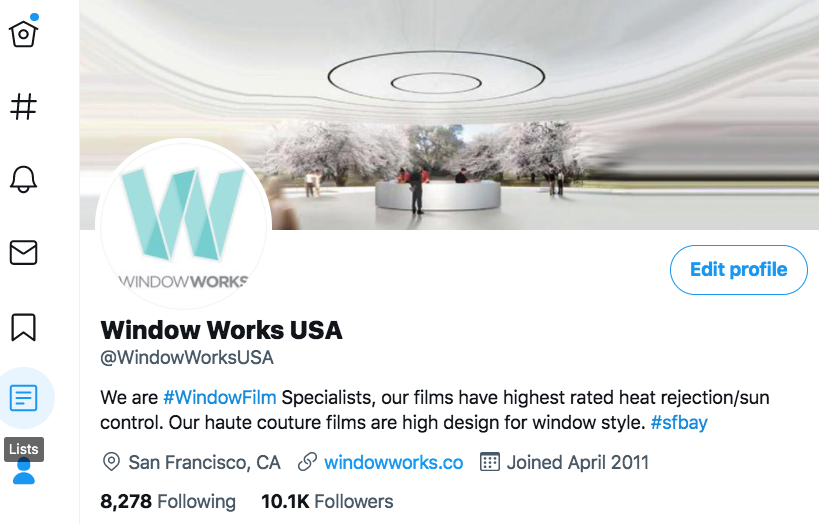
After having seen people complaining about being listed on Twitter, I thought it was time to update this post.
You might have seen other people using lists on Twitter, or dabbled in creating lists once upon a time, when you first joined Twitter. Maybe you have been added to others’ lists and are curious about why people create them. If so, this post is for you!
Lists are a good thing!
First of all, being listed means that someone thinks your content is valuable. I don’t know how the opposite view got started, but it’s out there now. People will say in their profiles no lists please. You know what? I want people to list me! Please list me! Also: if someone really wants to stalk you, they could put you on a private list and you’d never know. Tweets are public, unless your account is private.
Why Twitter Lists?
Lists are an effective tool for organizing people you want to keep close at hand, those you don’t want to miss, or those you want to keep track of every day. Lists are also a way to gauge an account’s effectiveness. If you’re trying to decide whether to follow an account, check to see if that account is on anyone’s list. If not, that account may have bought fake followers.
Improve Your Followers to Following Ratio
You don’t have to follow the people you list. So you could put all the major news organizations on a list instead of following them all. And if you know someone will never follow you back (for example, @DalaiLama follows NOBODY), you can put him or her on a list. If you add those folks to a list, it will improve your followers:following ratio and also help you cut down on the noise while raising the quality of the tweets you see.
The Nuts and Bolts
Twitter allows you to have 1,000 lists with up to 5,000 accounts each. Even for a power user, that’s a lot of lists! Advanced Twitter users spend a lot of time maintaining lists, you’ll discover. So before you create your own, I recommend you go shopping and look at how people in your industry set up their lists. For example, take a look at Robert Scoble’s (@Scobleizer) fabulous lists. Could you use similar naming conventions? Or could you subscribe to one or more of his lists rather than reinventing the wheel?
Private Versus Public Lists
Private lists are those that only you can see. Public lists are for everyone. One benefit of having a public list is that you can offer it as a service to your followers. For example, @WindowWorksUSA has a list called San Francisco, which is a list of people who are in San Francisco (you can see the list icon on the left in the image below). You could occasionally send a tweet letting your followers know that the list is available. When you update the list, you could even let your followers know that, too.
Three Types of Lists
To see lists, go to a Twitter profile page, click on “lists,” (see above) and you’ll see the lists you create, lists you’re subscribed to, and lists you’re on.
Subscribe to Interesting Lists
While you’re shopping for lists, you will see some interesting ones. Subscribe to them by simply clicking on the “Follow” button.
Examples of Lists
You might have a list called “Social People,” with the people you want to follow and retweet every day. You could also have a private list called “Enemies,” with your competitors on it. If you’re researching something embarrassing, you could create a private list for that. Or, if you have a hobby, such as watching cat videos, you could create a list called “Crazy Cat Ladies.”
Reading Tweets from a List
If you have a scheduler, such as HootSuite, in your arsenal of Twitter Tools, you can create a column for any list. So, for example, say you have subscribed to @Scobleizer’s list, Tech News. You can create a column and follow the technology news every morning through Twitter! Just scroll until you see a story you want to read. And if you’re looking for content to retweet, how about a list called “Retweetables” of your favorite sources (those that your audience would find valuable)?
How Do You Use Lists?
You’ve probably seen some imaginative lists out there! Let me know how you use lists, or ways you’ve seen others use them that you like, or dislike. Please leave a comment, below.





Follow Carol!